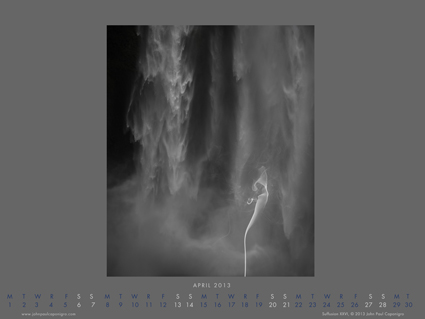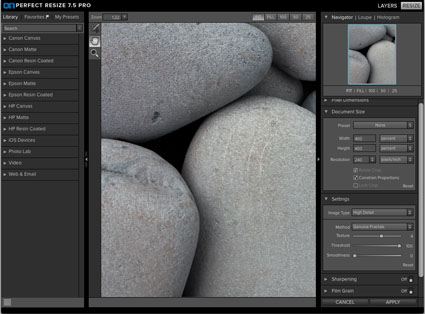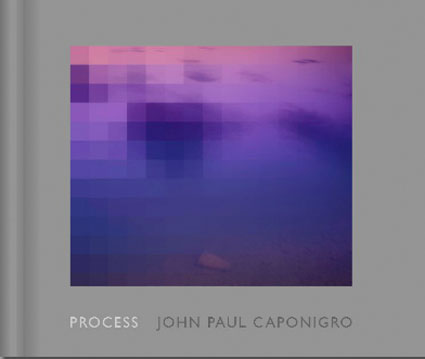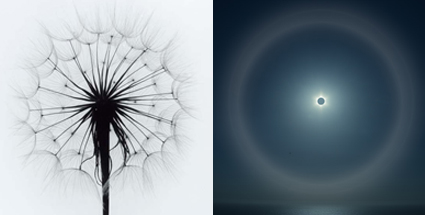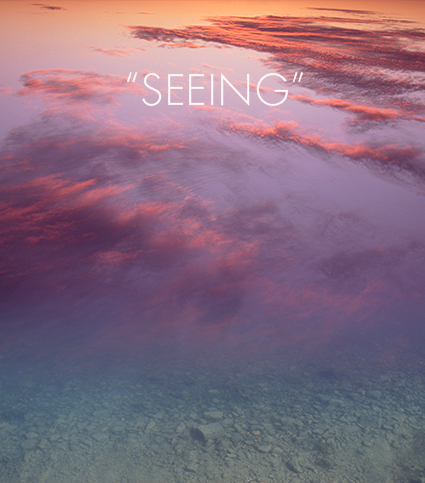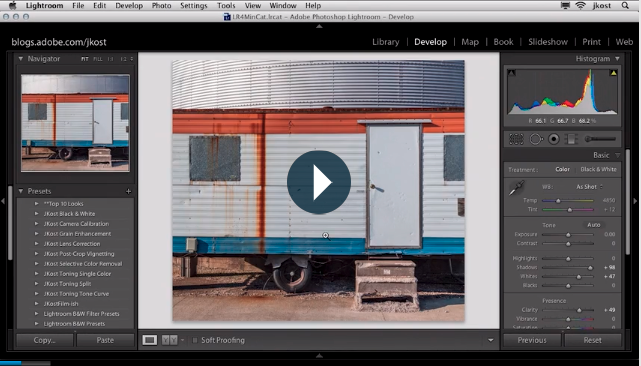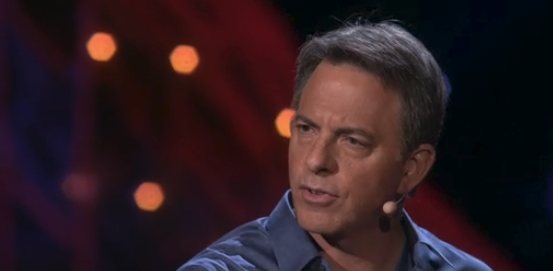20 Quotes On Imagination
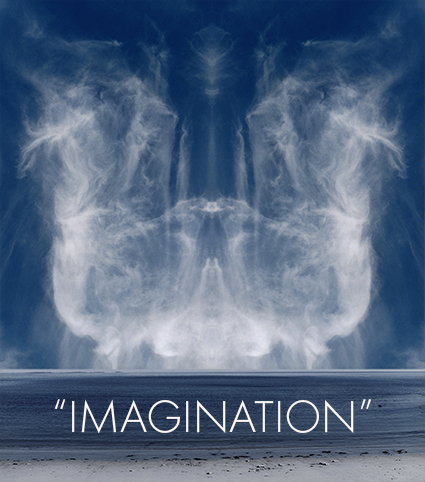
Here’s a collection of my favorite quotes on imagination.
“You can’t depend on your eyes when your imagination is out of focus.” – Mark Twain
“Imagination is the eye of the soul.” – Joseph Joubert
“The possible’s slow fuse is lit by the imagination.” – Emily Dickinson
“Live out of your imagination, not your history.” – Stephen Covey
“A strong imagination begetteth opportunity.” – Michel de Montaigne
“I believe in the imagination. What I cannot see is infinitely more important than what I can see.” – Duane Michals
“Logic will get you from A to B. Imagination will take you everywhere.” – Albert Einstein.
“To raise new questions, new possibilities, to regard old problems from a new angle, requires creative imagination and marks real advance in science.” – Albert Einstein
“Imagination is more important than knowledge.” – Albert Einstein
“The true sign of intelligence is not knowledge but imagination.” – Albert Einstein
“Your imagination is your preview of life’s coming attractions.” – Albert Einstein
“Without the playing with fantasy no creative work has ever yet come to birth. The debt we owe to the play of imagination is incalculable.” – Carl Jung
“Imagination is the beginning of creation. You imagine what you desire, you will what you imagine and at last you create what you will.” – George Bernard Shaw
“A rock pile ceases to be a rock pile the moment a single man contemplates it, bearing within him the image of a cathedral.” – Antoine de Saint-Exupery
“I saw the angel in the marble and carved until I set him free.” – Michelangelo
“Imagination grows by exercise, and contrary to common belief, is more powerful in the mature than in the young.” – W Somerset Maugham
“Can you imagine what I would do if I could do all I can?” – Sun Tzu
“Anyone who thinks the sky is the limit, has limited imagination.” – Anonymous
“Nothing limits achievement like small thinking; nothing expands possibilities like unleashed imagination.” — William Arthur Ward
“Imagination rules the world.” – Napoleon
Find more Creativity Quotes here.
Discover more quotes daily in my Twitter and Facebook streams.



